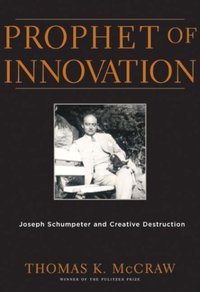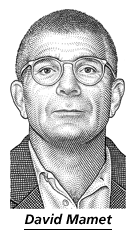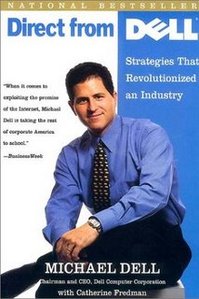In her eye-opening The Forgotten Man, Amity Shlaes shows that Herbert Hoover, while not the hero of the Great Depression, was hardly the consummate villain that politically correct legend has made him out to be.
The hapless, hated Hoover, after his electoral defeat by the real villain, FDR, drove the countryside seeking tranquility and direction. At one point, in the middle of a hot summer night, Hoover, with his son Allan, sped toward the cooler Palo Alto:
(p. 221) Hurtling down the highway, Hoover looked in the rearview mirror and saw a flashing red light gaining on him. Soon he could hear a siren. Dutifully, he pulled off the highway and fumbled for his license, handing it to the stern police officer. The patrolman looked at the license, then examined it more closely in the illumination of a headlight. Returning to the car window, he placed a foot on the running board and asked Hoover, “Tell me are you that guy?” The ex-president, with a slight grin, said, “Yes, I guess I’m that guy.” The policeman then asked, “Well, does it make you feel any better to drive sixty miles an hour down this Valley Pike in the middle of the night?” Hoover reflected for a moment and replied, “Well, under the circumstances I think it does.” The highway patrolman stepped back from the running board, looked Hoover in the eye, and with a wave of his arm said, “Drive on, brother.”
Source:
Wert, Hal Elliott. Hoover the Fishing President: Portrait of the Private Man and His Life Outdoors. Mechanicsburg, PA: Stackpole Books, 2005.
The reference on Amity Shlaes’s book, is:
Shlaes, Amity. The Forgotten Man: A New History of the Great Depression. New York: HarperCollins, 2007.





